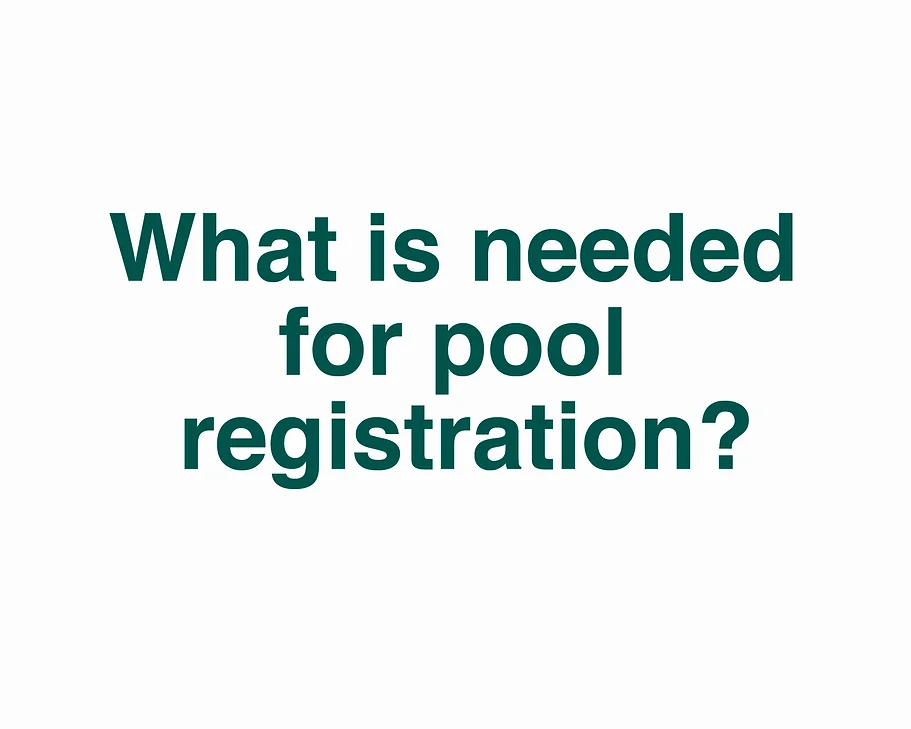Water FAQs
If your water has been shut off, it could be due to non-payment. If you have any past due balance on your account older than 30 days, your account is considered delinquent and is subject to shut off. You will continue to receive a monthly bill showing current charges along with any past due amounts. Past due charges are due immediately to avoid disconnection of service. A delinquent notice is printed on a yellow form and is mailed prior to the disconnection of service Please call the office with any questions.
We currently pump our water from several Denver Basin aquifers deep below the District. This is a non-renewable water source because the aquifers are enclosed with bedrock. In other words, rain and snow runoff do not replenish the waters. The District is actively seeking a renewable water supply.
A change of pressure in the water lines, likely due to line or hydrant flushing or construction activity, has stirred up the naturally occurring iron and manganese sediment in the water. The water is perfectly safe for consumption. The water should clear up within 24-48 hours. While the water is brown, avoid washing white clothes, as it may stain them. If you have washed your white clothes in it and they are stained, you can launder them in RIT rust remover or a similar product once the water clears. If you continue to have problems with the color, please call the District office at 303-858-9909 and we will have an operator flush the lines again near your home.
The most common cause of odor in hot water is the water heater. If your cold water smells fine, check your water heater to ensure that the temperature setting is correct. Water heaters also need to be maintained (see manufacturer’s instructions). Please contact us if the odor persists or if it is present in both the hot and cold water. One solution is to turn the temperature up on the water heater for an hour or so, to kill any bacteria, then to flush the hot water out the tap until it runs cold.
Because our water comes from deep ground aquifers, it’s quality is very high and very little treatment is necessary before delivering it to your tap. Only disinfection is required before it meets water quality standards set by the State of Colorado.
Water from aquifers is a non-renewable resource. If we don’t find and purchase additional water sources, it will either dry up or it will become prohibitively expensive to pump from the existing wells.
Even though the District gets water from the Denver Basin aquifer, there are electrical and chemical costs associated with pumping, treating, and distributing the water. The District currently has 15 wells, a water treatment facility, and miles of distribution lines to get the water to your homes. On a daily basis, the entire system has to be checked to make sure that your service is uninterrupted. It’s important to know the District continues to look for ways to improve service to the community, including the acquisition of renewable water.
A milky or cloudy appearance is usually caused by air bubbles in the water, which pose no health risk. If the water is allowed to sit, the air will dissipate and the water will clear. If the cloudiness does not disappear, please contact us so that we may investigate.
Regional Water Issues
The Stonegate Village Metropolitan District is currently participating in a regional effort to decrease its dependency on groundwater supplies through the acquisition and provision of renewable water resources. The District has purchased of capacity in the Reuter Hess Reservoir for long term renewable water. Please note that the “sustainability fee” on your water and sewer bill generates funds specific for the purpose of long-term renewable water.
The SVMD is an active participant in the South Metro Water Supply Authority (SMWSA) and the Water Infrastructure and Supply Efficiency (WISE) initiative <click here>.
The partnership will provide a renewable source of water supply by combining unused capacities in Aurora Water’s Prairie Waters Project with unused water supplies from Denver and Aurora. During the years Denver and Aurora don’t need all of that water, 10 Douglas County entities that are part of the South Metro Water Supply Authority (including the SVMD) will be able to buy the unused water to help reduce reliance on nonrenewable groundwater.
In order to take part in the WISE partnership and accept WISE water when available, the District has embarked on a two (2) major infrastructure projects. These are:
- Chloramines Conversion project at its Water Treatment Plant, and
- WISE pipeline tie-in project that will provide a transport system for waters obtained from the WISE system and delivery to the District’s Water Treatment Plant.
The current method of disinfection used is chlorination. In this process, chlorine is added to drinking water at a controlled level. Chlorination is an effective way to kill many kinds of bacteria and other germs that may be harmful to your health.
Chloramine is a type of disinfectant used in drinking water to remove bacteria and viruses consisting of both chlorine and ammonia. In the Chloramination process, ammonia is added to the water at a carefully controlled level. The chlorine and ammonia react chemically to produce chloramines. Chloramination is as effective as chlorine in killing many kinds of bacteria and other germs that may be harmful to personal health.
Chloramination reduces the level of certain byproducts of the chlorination process. These byproducts, called Total Trihalomethanes (TTHM) and Haloacetic Acids (HAAs), result from the reaction of chlorine with small amounts of naturally occurring organic substances in drinking water.
In addition, customers should notice an improvement in the taste and odor of their drinking water. With Chloramination, the chlorine smell and taste in our water will be less apparent.
Yes. Chloraminated drinking water is perfectly safe for drinking, cooking, bathing, and other daily water uses. There are, however, some identified groups who need to take special precaution with Chloraminated water such as those who use drinking water for kidney dialysis machines, specialized industries, and fish owners.






Other Water Related Projects
The District is also pursuing other options that will enable the reuse of treated effluent and the capture and reuse of Lawn Irrigation Return Flows (LIRF). More information will be shared as this project moves forward.

